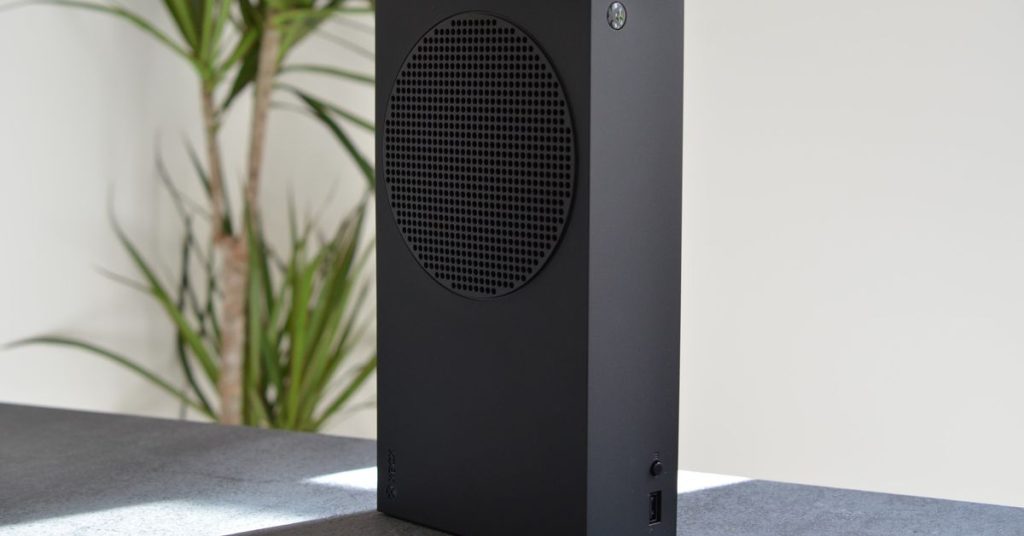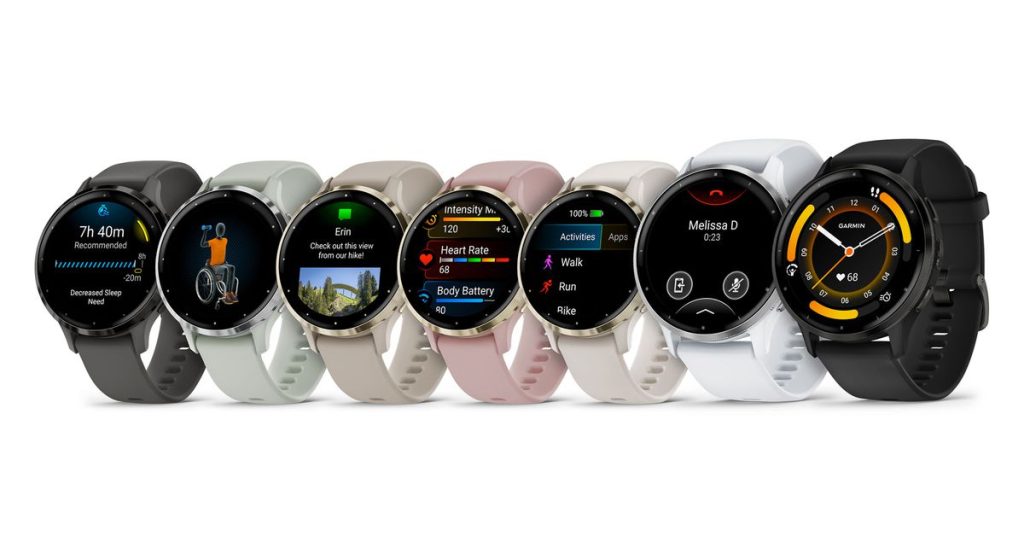
As the third tier of Apple’s connected personal computing devices, the iPad sits in an awkward place in 2023. It’s a supremely capable product, there’s no doubt about that. It’s powerful and responsive; most of the models have beautiful screens; and its interface is friendly. But it’s also incomplete and insistent on doing things the Apple-prescribed way. And even as it dominates the tablet landscape, sales of iPads have withered since 2020, as Mark Gurman noted in Bloomberg today. In short: it needs more.
To be clear, I like my 2021 iPad Pro a lot. It’s a nice device for reading and solid for watching TV in bed. It’s also indispensable for following recipes while I’m cooking. But when Steve Jobs first introduced the iPad in 2010, saying it had to be better at certain tasks — email, web browsing, videos, games — than the iPhone or a laptop, I wonder if he had a glorified recipe book in mind.
It just feels like there should be more to Apple’s tablet, 13 years on. It’s an inviting device, but when I use it I can’t shake the feeling that there’s something I’m missing; I can almost always do what I want to do better and faster on another device.
Part of the issue to me is that Apple behaves as though the iPad is a fully mature product, but still doesn’t know what it actually is. Jason Snell wrote a couple of days ago on his Six Colors blog that he had given up on the iPad-only travel dream. He points at the iPad’s lacking flexibility, weird, hampered iPad versions of apps, or altogether missing software. It’s all very familiar to me, a person who normally brings an iPad on trips, but on two recent jaunts, brought my M2 MacBook Air instead and didn’t miss my tablet even a little bit.
Apple has done things over the decade-plus arc of iPad history to make it more capable, but they come up short. It can multitask like a laptop! Well, sort of, but despite improvements promised soon by iPadOS 17, Stage Manager soldiers on with weird, restrictive limitations like how many apps can live in a “stage.” Apple started putting its M-series laptop chips in some iPads, but nothing about them seems to justify the added power. Other changes over the years have felt iterative at best.
Maybe that will change soon. Apple will release a slightly bigger 13-inch iPad Pro with OLED screens and M3 chips, along with a revised Magic Keyboard with a bigger trackpad next year, writes Gurman in his Power On newsletter for Bloomberg today.
Maybe that hints at a Greater Purpose for the iPad — the iPhone Pro and the Apple Watch, which both use OLED screens, both have always-on displays. And the iPhone Pro StandBy feature that turns it into sort of a smart display or alarm clock sounds remarkably similar to rumors that Apple would debut a similar feature for the iPad that would turn it into a touchscreen control center for the Apple Home ecosystem.
But it’s not totally clear from the Bloomberg article that the new iPad Pro models will be what Gurman calls the “first major overhaul” of the iPads since the introduction of the 2018 iPad Pro. But hopefully, there’s more to it, because right now, the rest of Apple’s devices are sort of leaving the iPad behind.

















